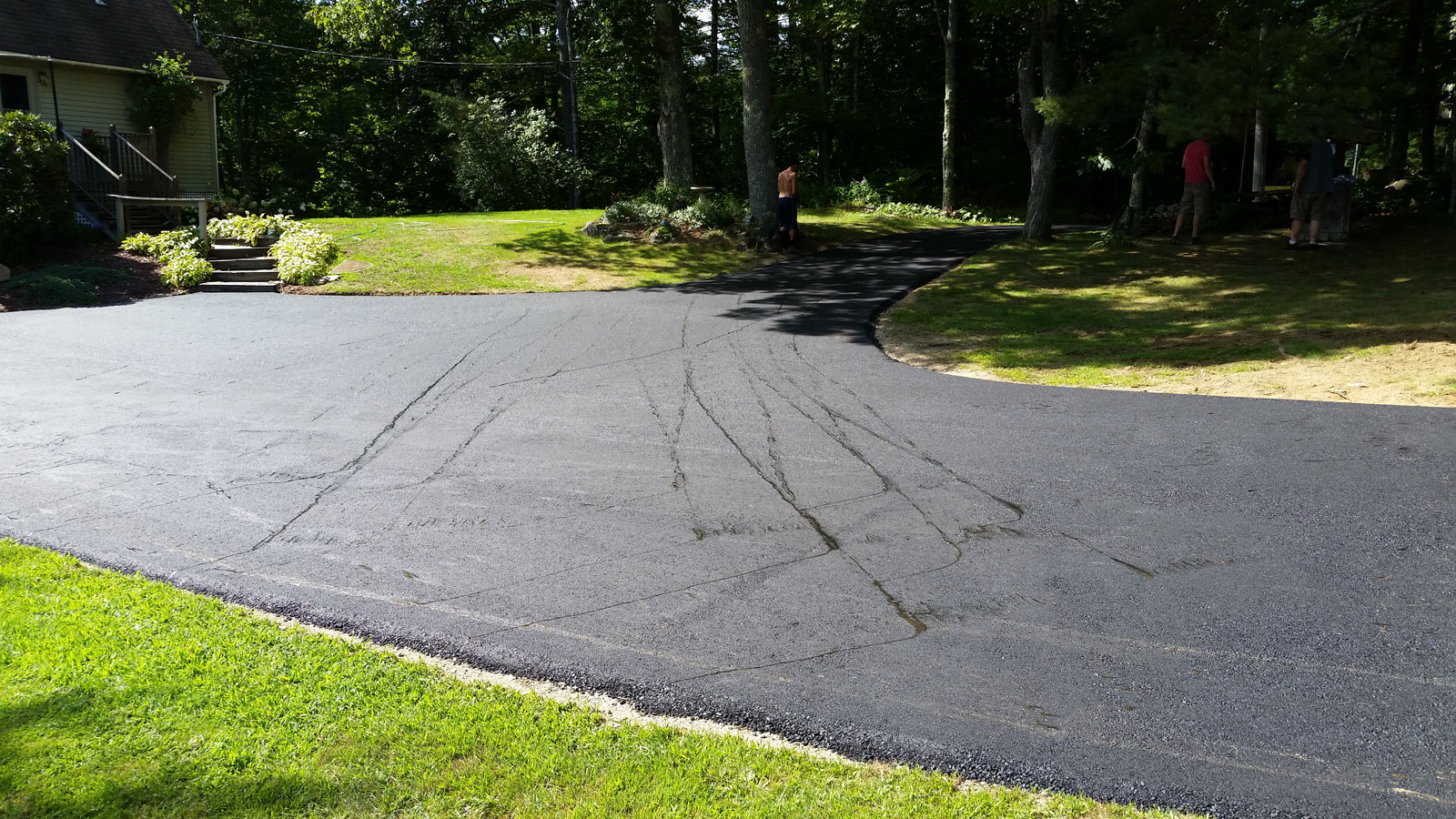Revitalize Angle Parking Lots: Asphalt Sealing Techniques Exposed
Revitalize Angle Parking Lots: Asphalt Sealing Techniques Exposed
Blog Article
Cold Mix Asphalt Vs. Hot Mix Asphalt: Which Is Right for You?

Structure Differences
Cold mix asphalt is created by emulsifying the asphalt binder with water and an emulsifying agent before blending it with aggregate. The hot mix asphalt manufacturing procedure entails warming the aggregate and asphalt binder independently before incorporating them at the asphalt plant.
Moreover, cold mix asphalt has a tendency to be less dense and a lot more versatile than warm mix asphalt. This versatility makes it much better fit for areas with higher degrees of motion, such as driveways or roads with hefty web traffic. In contrast, hot mix asphalt is known for its high sturdiness and resistance to rutting and cracking, making it a recommended option for freeways and high-traffic roads where long life is critical.
Setup Refine Variances
The process of setting up cold mix and hot mix asphalt shows noteworthy variances in their procedures and requirements. In comparison, hot mix asphalt demands an extra fancy setup procedure. Due to the heating needs, warm mix asphalt setups are generally carried out by experts with customized tools, guaranteeing a much more irreversible and structurally sound result.
Resilience and Durability Elements
When thinking about asphalt options, sturdiness and longevity are critical variables to evaluate for enduring sidewalk efficiency. Hot mix asphalt (HMA) is recognized for its extraordinary longevity and longevity.
In terms of longevity, HMA typically outperforms CMA because of its superior stamina and resistance properties. HMA pavements have a longer life span, needing less constant fixings and maintenance, which can equate to set you back savings over time. Additionally, HMA pavements are much more easily adjustable to fulfill specific project needs, even more boosting their durability.
Price Factors To Consider
Taking into consideration the economic effects is a critical aspect when evaluating the option in between warm mix asphalt (HMA) and cold mix asphalt (CMA) for sidewalk jobs. While the first price of hot mix asphalt is normally higher than that of chilly mix asphalt, HMA frequently provides a more affordable option in the long run due to its remarkable toughness and durability.
In addition to material costs, it's necessary to consider the expenses linked with installment and maintenance when contrasting HMA and CMA. Inevitably, the choice between HMA and CMA must take right into account not just the preliminary expense yet likewise the long-term monetary implications to determine the most affordable option for the particular pavement task.
Environmental Influence Comparison
Comparison of the ecological effects between warm mix asphalt (HMA) and chilly mix asphalt (CMA) reveals distinct distinctions in sustainability techniques. HMA production calls for heats, resulting in enhanced energy consumption and greenhouse gas discharges. The process likewise releases volatile organic substances (VOCs) and harmful air pollutants (HAPs) into the atmosphere. In comparison, CMA is created and used at reduced temperatures, lowering power use and exhausts considerably. The reduced production temperatures of CMA result in decreased gas intake and reduced degrees of CO2 emissions, making it an extra eco-friendly alternative.
Furthermore, the usage of CMA typically involves reusing existing asphalt pavement, promoting source conservation and lowering the quantity of waste sent out to landfills. By choosing for CMA over HMA, roadway building jobs can add positively to environmental preservation initiatives.
Verdict
Finally, the option in between chilly mix asphalt (CMA) and hot mix asphalt (HMA) relies why not check here on different elements such as composition, installment process, durability, durability, price, and ecological impact. angle parking. While CMA provides a fast and cost-effective option for small repair work, HMA makes certain superior longevity and longevity for rush hour areas. Take into consideration these aspects carefully to establish which kind of asphalt is the best option for your paving needs

Thinking about the monetary implications is an essential facet when examining the option between warm mix asphalt (HMA) and chilly mix asphalt (CMA) for sidewalk projects. While the initial cost of warm mix asphalt is generally higher than that of cold mix asphalt, HMA go often supplies a much more affordable solution in the lengthy run due to its premium resilience and longevity. asphalt repair.Contrast of the environmental influences between hot mix asphalt Get More Information (HMA) and chilly mix asphalt (CMA) exposes distinct distinctions in sustainability techniques.In verdict, the option in between chilly mix asphalt (CMA) and warm mix asphalt (HMA) depends on numerous elements such as make-up, installment procedure, resilience, durability, expense, and ecological impact
Report this page